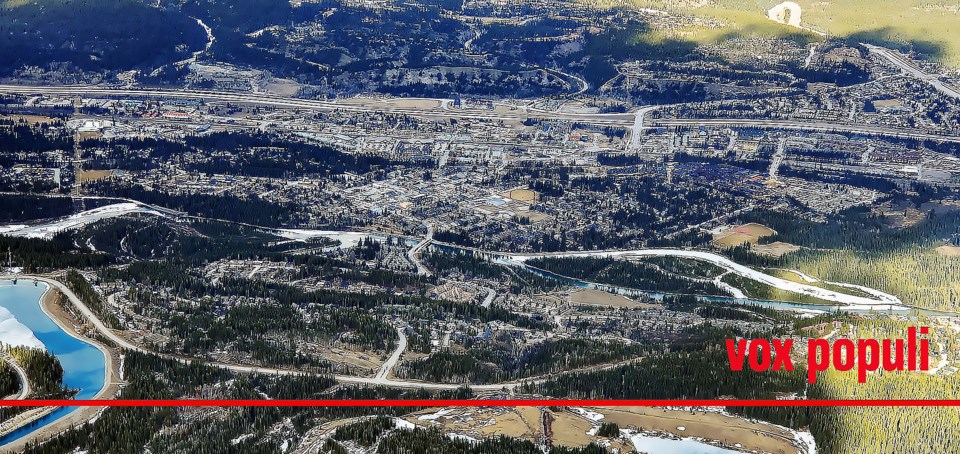Editor:
My husband and I built our Canmore house in 1998. In the past 26 years, we’ve read most of the Outlook’s 1,300 printed editions.
A common subject is affordable housing.
Since 2000, there have been some property tax decreases for our home but mainly tax increases.
The rate at which Canmore raises or lowers property taxes is clearly not related to either the consumer price index (CPI) or the year-over-year-assessed value of our home.
This year, our property taxes spiked by 16.3 per cent but the assessed value only rose 10.2 per cent. The first big tax jump for our house in 2003 of 11.9 per cent was because the assessed value rose by 13.1 per cent. OK. Assessment goes up, taxes go up.
But in 2004, our tax bill fell by 2.2 per cent even though the property increased by 21.1 per cent. In 2011 the property value declined by 4.2 per cent, but our tax fell by 6.7 per cent.
The average CPI increase for the period is 2.2 per cent. The biggest variation was 6.8 per cent in 2022 because of high energy prices and post-COVID-19 pandemic supply shocks. The only year the CPI index was near zero was during the world financial crisis of 2009.
But our Canmore property tax bill rose 4.4 per cent in 2010 while the assessed value of our house declined by 12.7 per cent from the prior year.
Our Canmore property purchase was timely and, if we sell, rewarding. But assuming this year’s 16.3 per cent meteoric tax spike applies to all properties, it will increase rents for all non-owners as it is passed through and reduce disposable income for everyone. Higher interest rates and payments following mortgage renewals are certain.
Therefore, we expect to keep reading articles about unaffordable housing in Canmore.
Alessandra Predolin,
Canmore



